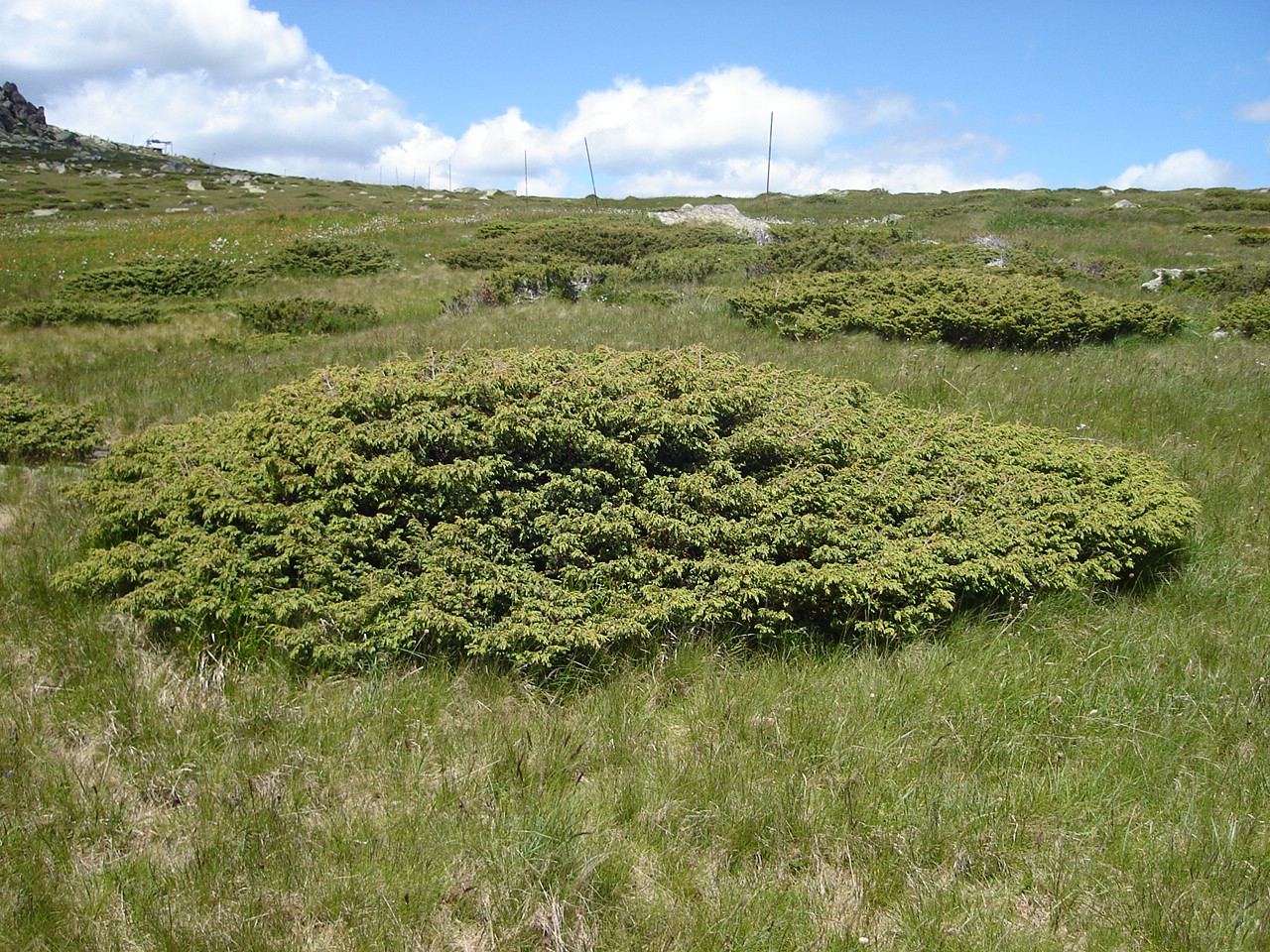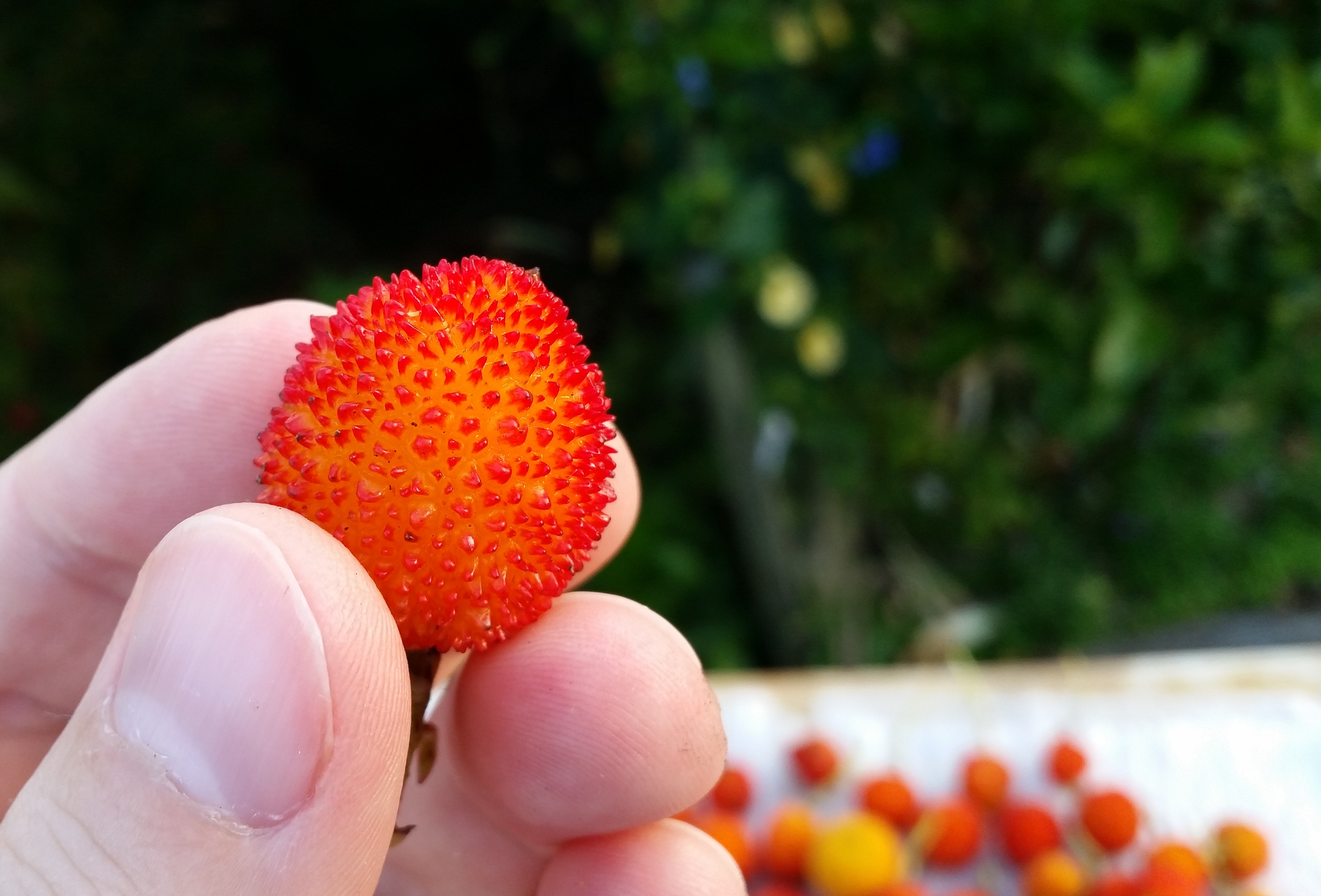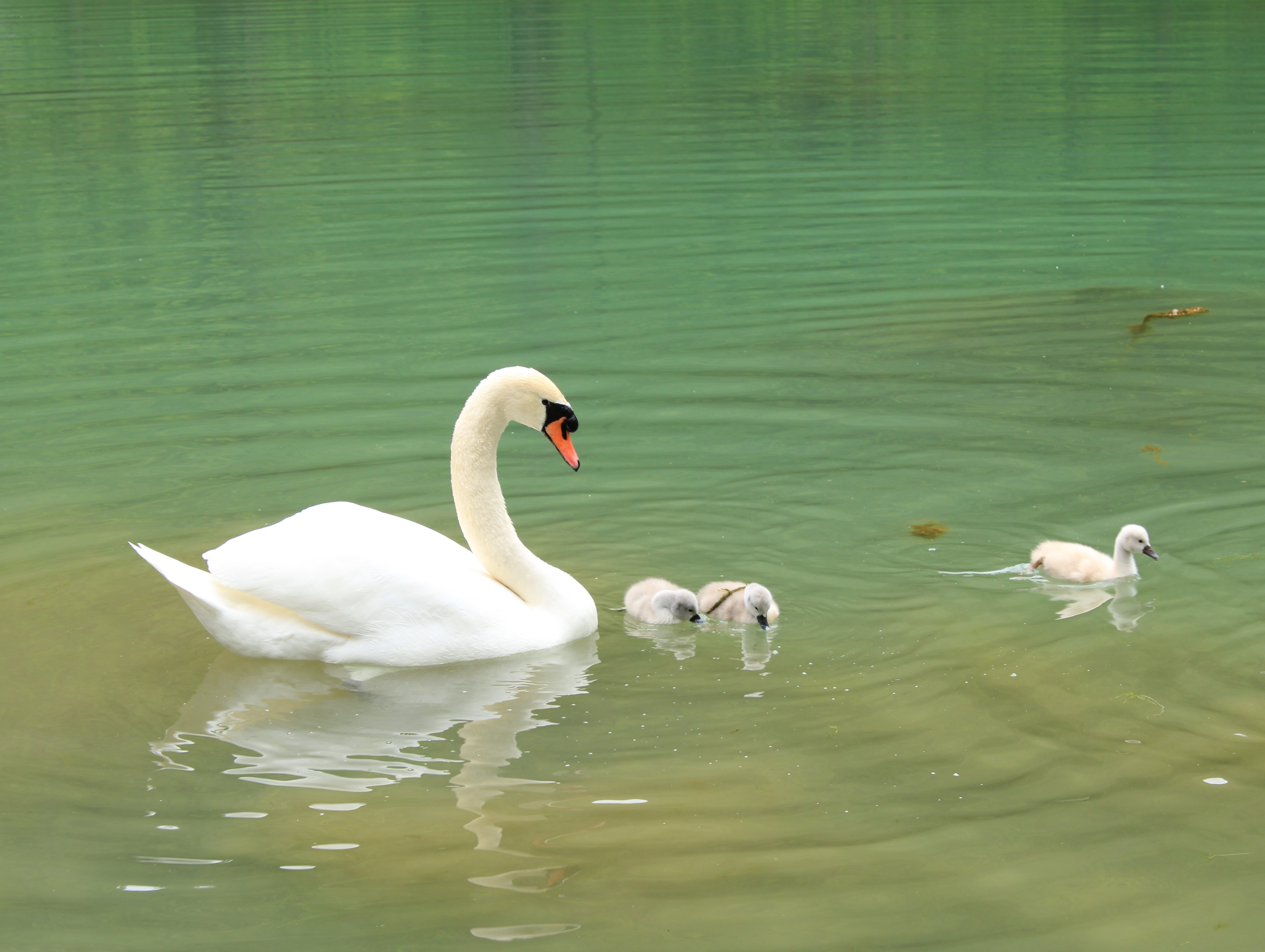|
Eclogue 7
Eclogue 7 (''Ecloga'' VII; ''Bucolica'' VII) is a poem by the Latin poet Virgil, one of his book of ten pastoral poems known as the Eclogues. It is an Amoebaean singing, amoebaean poem in which a herdsman Meliboeus recounts a contest between the shepherd Thyrsis and the goatherd Corydon. The poem is imitated from the Idyll VI, sixth Idyll of Theocritus.Greenough, ed. 1883, p. 19. J. B. Greenough thinks the scene is apparently laid in the pastoral region of North Italy. The date assigned to the poem is 38 BC. In the chiastic structure of the Eclogues, Eclogue 7 is paired with Eclogue 3, which also recounts an amoebaean contest between two herdsmen. The two contests have the same number of lines, but with a different arrangement. In Eclogue 3 the contest has 12 rounds, with each contestant singing two lines in a round; in Eclogue 7 the contest has 6 rounds, with each contestant singing 4 lines in a round. The contest in Eclogue 3 ended in a draw, while in Eclogue 7 Corydon is declare ... [...More Info...] [...Related Items...] OR: [Wikipedia] [Google] [Baidu] |
Virgil
Publius Vergilius Maro (; traditional dates 15 October 7021 September 19 BC), usually called Virgil or Vergil ( ) in English, was an ancient Roman poet of the Augustan period. He composed three of the most famous poems in Latin literature: the '' Eclogues'' (or ''Bucolics''), the '' Georgics'', and the epic ''Aeneid''. A number of minor poems, collected in the '' Appendix Vergiliana'', were attributed to him in ancient times, but modern scholars consider his authorship of these poems as dubious. Virgil's work has had wide and deep influence on Western literature, most notably Dante's '' Divine Comedy'', in which Virgil appears as the author's guide through Hell and Purgatory. Virgil has been traditionally ranked as one of Rome's greatest poets. His ''Aeneid'' is also considered a national epic of ancient Rome, a title held since composition. Life and works Birth and biographical tradition Virgil's biographical tradition is thought to depend on a lost biography by the Rom ... [...More Info...] [...Related Items...] OR: [Wikipedia] [Google] [Baidu] |
Populus Nigra
''Populus nigra'', the black poplar, is a species of cottonwood poplar, the type species of section ''Aigeiros'' of the genus ''Populus'', native to Europe, southwest and central Asia, and northwest Africa.Flora Europaea''Populus nigra''/ref> Description Black poplars are medium- to large-sized deciduous trees, reaching 20–30 m, and rarely 40 m tall. Their leaves are diamond-shaped to triangular, 5–8 cm long and 6–8 cm broad, and green on both surfaces.Rushforth, K. (1999). ''Trees of Britain and Europe''. Collins. . Normally, their trunks achieve up to 1.5 m in diameter, but some unusual individual trees in France have grown old enough to have much larger trunks – more than 3 metres DBH (Diameter at Breast Height). The species is dioecious (male and female flowers are on different plants), with flowers in catkins and pollination achieved by the wind. The black poplar grows in low-lying areas of moist ground. Like most other pioneer species, the ... [...More Info...] [...Related Items...] OR: [Wikipedia] [Google] [Baidu] |
Chestnut
The chestnuts are the deciduous trees and shrubs in the genus ''Castanea'', in the beech family Fagaceae. They are native to temperate regions of the Northern Hemisphere. The name also refers to the edible nuts they produce. The unrelated horse chestnuts (genus ''Aesculus'') are not true chestnuts, but are named for producing nuts of similar appearance that are mildly poisonous to humans. True chestnuts should also not be confused with water chestnuts, which are tubers of an aquatic herbaceous plant in the sedge family Cyperaceae. Other species commonly mistaken for chestnut trees are the chestnut oak (''Quercus prinus'') and the American beech ('' Fagus grandifolia''),Chestnut Tree in chestnuttree.net. both of which are also in the Fagaceae family. [...More Info...] [...Related Items...] OR: [Wikipedia] [Google] [Baidu] |
Juniperus Communis
''Juniperus communis'', the common juniper, is a species of small tree or shrub in the cypress family Cupressaceae. An evergreen conifer, it has the largest geographical range of any woody plant, with a circumpolar distribution throughout the cool temperate Northern Hemisphere. Description ''Juniperus communis'' is very variable in form, ranging from —rarely —tall to a low, often prostrate spreading shrub in exposed locations. It has needle-like leaves in whorls of three; the leaves are green, with a single white stomatal band on the inner surface. It never attains the scale-like adult foliage of other members of the genus. It is dioecious, with male and female cones (both of which are wind pollinated) on separate plants. The male cones are yellow, long, and fall soon after shedding their pollen in March–April. The fruit are berry-like cones known as juniper berries. They are initially green, ripening in 18 months to purple-black with a blue waxy coating; they are sp ... [...More Info...] [...Related Items...] OR: [Wikipedia] [Google] [Baidu] |
Arbutus Unedo
''Arbutus unedo'' is an evergreen shrub or small tree in the family Ericaceae, native to the Mediterranean region and western Europe. The tree is well known for its fruits, which bear some resemblance to the strawberry — hence the common name "strawberry tree". However, it is not closely related to true strawberries of the genus ''Fragaria''. Its presence in Ireland also lends it the moniker "Irish strawberry tree", or cain, or cane apple (from the Irish name for the tree, ''caithne''), or sometimes "Killarney strawberry tree". The strawberry tree is the national tree of Italy because of its green leaves, its white flowers and its red berries, colors that recall the Italian flag. Taxonomy ''Arbutus unedo'' was one of the many species described by Carl Linnaeus in Volume One of his landmark 1753 work '' Species Plantarum'', giving it the name it still bears today. A study published in 2001 which analyzed ribosomal DNA from ''Arbutus'' and related genera found ''Arbutus'' ... [...More Info...] [...Related Items...] OR: [Wikipedia] [Google] [Baidu] |
Villa Di Livia, Affreschi Di Giardino, Parete Corta Meridionale 01
A villa is a type of house that was originally an ancient Roman upper class country house. Since its origins in the Roman villa, the idea and function of a villa have evolved considerably. After the fall of the Roman Republic, villas became small farming compounds, which were increasingly fortified in Late Antiquity, sometimes transferred to the Church for reuse as a monastery. Then they gradually re-evolved through the Middle Ages into elegant upper-class country homes. In the Early Modern period, any comfortable detached house with a garden near a city or town was likely to be described as a villa; most survivals have now been engulfed by suburbia. In modern parlance, "villa" can refer to various types and sizes of residences, ranging from the suburban semi-detached double villa to, in some countries, especially around the Mediterranean, residences of above average size in the countryside. Roman Roman villas included: * the ''villa urbana'', a suburban or country seat t ... [...More Info...] [...Related Items...] OR: [Wikipedia] [Google] [Baidu] |
Ruscus Aculeatus
''Ruscus aculeatus'', known as butcher's-broom, is a low evergreen dioecious Eurasian shrub, with flat shoots known as cladodes that give the appearance of stiff, spine-tipped leaves. Small greenish flowers appear in spring, and are borne singly in the centre of the cladodes. The female flowers are followed by a red berry, and the seeds are bird-distributed, but the plant also spreads vegetatively by means of rhizomes. It is native to Eurasia and some northern parts of Africa. ''Ruscus aculeatus'' occurs in woodlands and hedgerows, where it is tolerant of deep shade, and also on coastal cliffs. Likely due to its attractive winter/spring color, ''Ruscus aculeatus'' has become a fairly common landscape plant. It is also widely planted in gardens, and has spread as a garden escapee in many areas outside its native range. The plant grows well in zones 7 to 9 on the USDA hardiness zone map. The Latin specific epithet ''aculeatus'' means “prickly”. History Etymology The com ... [...More Info...] [...Related Items...] OR: [Wikipedia] [Google] [Baidu] |
Sardinia
Sardinia ( ; it, Sardegna, label= Italian, Corsican and Tabarchino ; sc, Sardigna , sdc, Sardhigna; french: Sardaigne; sdn, Saldigna; ca, Sardenya, label= Algherese and Catalan) is the second-largest island in the Mediterranean Sea, after Sicily, and one of the 20 regions of Italy. It is located west of the Italian Peninsula, north of Tunisia and immediately south of the French island of Corsica. It is one of the five Italian regions with some degree of Autonomous administrative division, domestic autonomy being granted by a Regions of Italy#Autonomous regions with special statute, special statute. Its official name, Autonomous Region of Sardinia, is bilingual in Italian and Sardinian language, Sardinian: / . It is divided into four provinces of Italy, provinces and a Metropolitan cities of Italy, metropolitan city. The capital of the region of Sardinia — and its largest city — is Cagliari. Sardinia's indigenous language and Algherese Catalan are referred to b ... [...More Info...] [...Related Items...] OR: [Wikipedia] [Google] [Baidu] |
Swan
Swans are birds of the family Anatidae within the genus ''Cygnus''. The swans' closest relatives include the geese and ducks. Swans are grouped with the closely related geese in the subfamily Anserinae where they form the tribe Cygnini. Sometimes, they are considered a distinct subfamily, Cygninae. There are six living and many extinct species of swan; in addition, there is a species known as the coscoroba swan which is no longer considered one of the true swans. Swans usually mate for life, although "divorce" sometimes occurs, particularly following nesting failure, and if a mate dies, the remaining swan will take up with another. The number of eggs in each clutch ranges from three to eight. Etymology and terminology The English word ''swan'', akin to the German , Dutch and Swedish , is derived from Indo-European root ' ('to sound, to sing'). Young swans are known as '' cygnets'' or as '' swanlings''; the former derives via Old French or (diminutive suffix et 'little') from ... [...More Info...] [...Related Items...] OR: [Wikipedia] [Google] [Baidu] |
Sicily
(man) it, Siciliana (woman) , population_note = , population_blank1_title = , population_blank1 = , demographics_type1 = Ethnicity , demographics1_footnotes = , demographics1_title1 = Sicilian , demographics1_info1 = 98% , demographics1_title2 = , demographics1_info2 = , demographics1_title3 = , demographics1_info3 = , timezone1 = CET , utc_offset1 = +1 , timezone1_DST = CEST , utc_offset1_DST = +2 , postal_code_type = , postal_code = , area_code_type = ISO 3166 code , area_code = IT-82 , blank_name_sec1 = GDP (nominal) , blank_info_sec1 = €89.2 billion (2018) , blank1_name_sec1 = GDP per capita , blank1_info_sec1 ... [...More Info...] [...Related Items...] OR: [Wikipedia] [Google] [Baidu] |
Hyblaean Mountains
The Hyblaean Mountains ( scn, Munt'Ibblei; it, Monti Iblei; la, Hyblaei montes) is a mountain range in south-eastern Sicily, Italy. It straddles the provinces of Ragusa, Syracuse and Catania. The highest peak of the range is Monte Lauro, at 986 m. History The name derives from the Siculi king Hyblon, who gave a portion of his territory to Greek colonists to build the town of Megara Hyblaea. Geology The range is composed of white limestone rocks, characterized by Karst topography. Originally a plateau, rivers have eroded the landscape, forming numerous deep canyons. In the coastal area sandstone is also present. In some areas, such as that of Monte Lauro (once part of a submerged volcanic complex), volcanic rocks are also present. The hyblaean area is characterized by a high seismic risk. Landscape The Hyblaean Mountains are characterized by gentle slopes, interrupted by sharp valleys. In the central area are numerous woods which are intermingled with dry stone walls of t ... [...More Info...] [...Related Items...] OR: [Wikipedia] [Google] [Baidu] |





